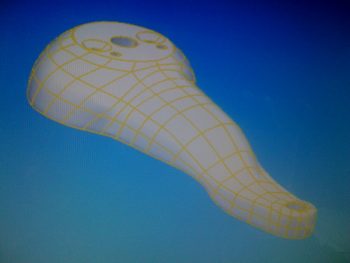
Let’s think about it logically for a minute – reverse engineering is engineering in reverse. Are you still not sure? Okay, let’s put it this way . . .
Reverse engineering is where you take something which has already been engineered and manufactured – it might be a mechanical product or device, an engine, a computer program, an electrical component, something chemical or organic – then you deconstruct it so see and understand what makes it tick and how it works.
Isn’t that just copying? No.
Reverse engineering is quite commonly used for commercial and military uses. It’s not about copying designs rather than understanding how things work.
Reverse engineering was very common practice during the war. In this type of espionage it was all about learning what the enemy had to use against us resulting in either the production of similar (but improved) products or producing something which can counter measure the weapon or other product.
So what are the main reasons for reverse engineering these days?
- Interfacing – this can be a useful process when one system is needed to interface with an existing system.
- Obsolescence – reverse engineering is also very useful for products which are obsolete. This can be used for the restoration of old vehicles etc as well as integrated circuits using reverse engineering on existing microchips before re-designing and improving its functionality.
- Competitive intelligence – discovering what your competitors are actually up to and not just believing what they say they are up to
- Learning and academic purposes – reverse engineering can be used for learning purposes to understand any key issues in an unsuccessful design before improving that design for improved functionality
So you see reverse engineering is certainly not just copying, it is a well used technique which can be very useful in many different ways.





